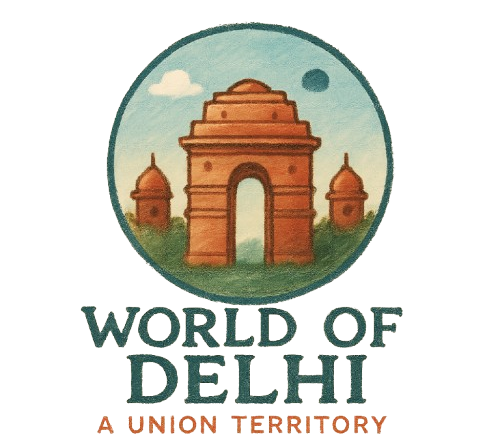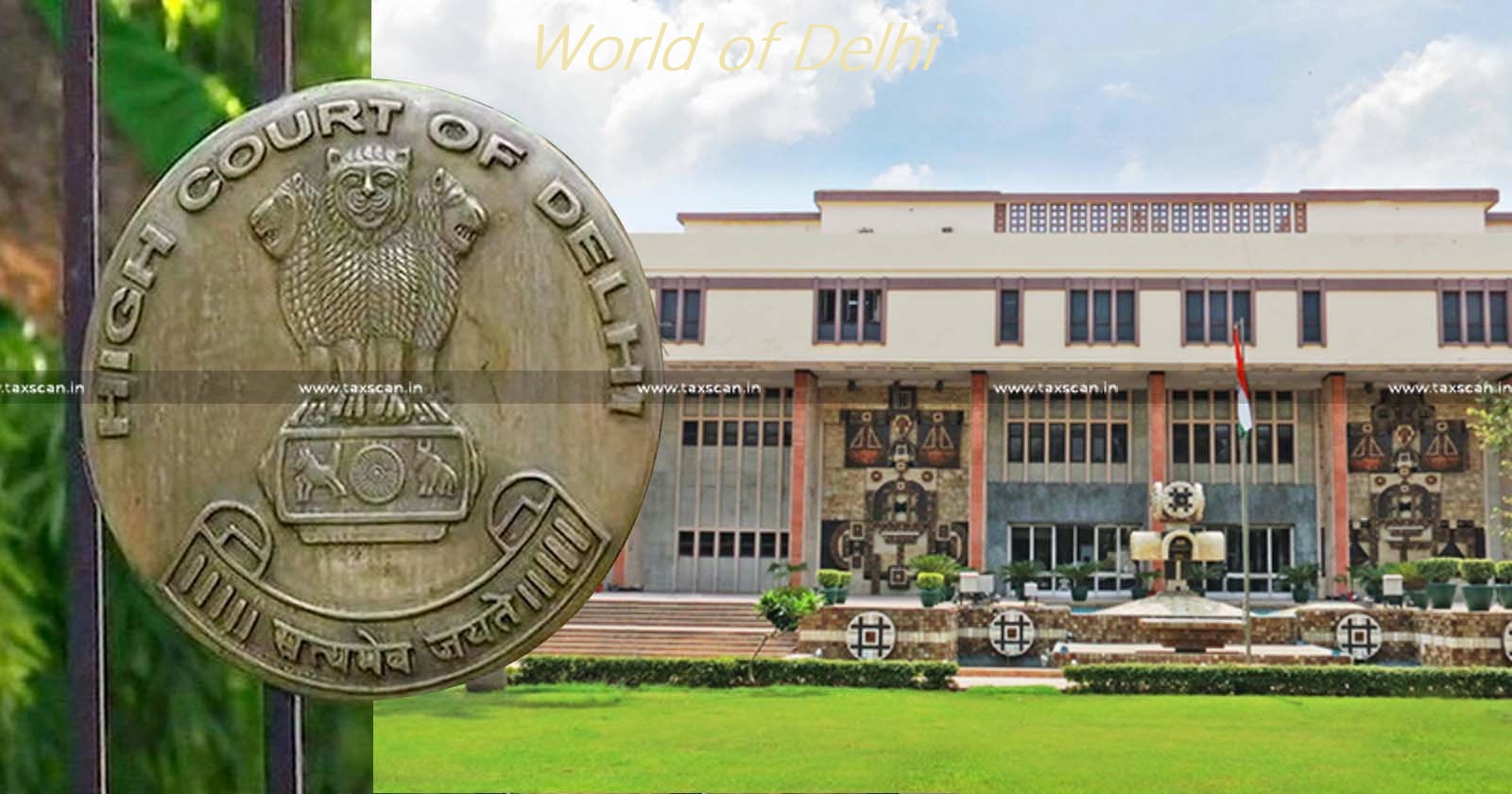Delhi High Court: History, Location, Jurisdiction, and Metro Access
The Delhi High Court is one of the most significant judicial institutions in India. Situated in the capital city, it holds a powerful presence not just in the legal sphere but also in public governance, policy checks, and fundamental rights protection. Whether you are a law student, legal practitioner, or simply a curious citizen, knowing about the Delhi High Court gives you insight into the country’s judiciary.
History and Establishment
The Delhi High Court was established on 31st October 1966 through the enactment of the Delhi High Court Act, 1966. Before this, Delhi was under the jurisdiction of the Punjab High Court. Post-independence, the requirement for a separate high court for the capital was strongly felt due to the growing population and increasing litigation.
Initially, it had jurisdiction over the Union Territory of Delhi and Himachal Pradesh. A bench was even maintained at Shimla until 1971, when Himachal Pradesh received its own High Court.
The Delhi High Court began with four judges. Over time, it has grown significantly both in infrastructure and judicial strength.
Jurisdiction and Powers
The Delhi High Court holds original, appellate, and writ jurisdiction.
- Original Jurisdiction: The court can hear civil matters involving higher-value claims directly without them going to lower courts first.
- Appellate Jurisdiction: It hears appeals from the decisions of district courts in civil and criminal matters.
- Writ Jurisdiction: Under Articles 226 and 227 of the Indian Constitution, the Delhi High Court has the power to issue writs for the enforcement of fundamental rights.
Some specialized benches handle cases related to Intellectual Property Rights (IPR), Company Law, Tax, Service Matters, etc.
Notable Judges and Leadership
As of 2025, the Chief Justice of the Delhi High Court is Justice Devendra Kumar Upadhyaya. The Chief Justice plays a crucial role in maintaining judicial efficiency, assigning cases, and leading policy-level discussions within the court.
Many notable judges of the Delhi High Court have later gone on to serve in the Supreme Court and even as Chief Justices in other states.
Landmark Judgments
The Delhi High Court is known for its progressive stance and impactful judgments. A few key decisions include:
- Naz Foundation Case (2009): Decriminalizing homosexuality (later reversed by Supreme Court and finally restored in 2018).
- Environmental cases: Multiple orders enforcing environmental regulations and air pollution control.
- E-Filing Orders (2023): Directions to standardize electronic filing in all district courts.
- IPR Protection (2023): Recognized New Balance’s “N” mark as a well-known trademark.
Digital Reforms and Accessibility
The Delhi High Court is a pioneer in digitization among Indian courts. With a dedicated e-filing portal, online cause lists, video conferencing for hearings, and a judgment search engine, the court continues to innovate. In January 2024, the court directed digitization of over 7.5 lakh physical case records to free space and increase efficiency.
Location and Distance
Delhi High Court Address: Sher Shah Road, Justice SB Marg, New Delhi – 110003
- Distance from India Gate: ~2 km
- Distance from Supreme Court of India: ~3 km
- Distance from Connaught Place: ~4 km
- Distance from New Delhi Railway Station: ~5 km
- Distance from Indira Gandhi International Airport: ~16 km
How to Reach Delhi High Court
By Metro:
- Khan Market Metro Station (Violet Line):
- Closest metro to the court.
- Approximately 1.4 km away.
- Take Gate No. 1 exit. From there, autos or a 15-minute walk can get you to the court.
- Pragati Maidan Metro Station (Blue Line):
- Around 1.5 km from the High Court.
- Quick cab or rickshaw access.
- Central Secretariat Metro Station (Yellow + Violet Line interchange):
- About 2.5 km away.
- Useful if coming from Gurgaon or North Delhi.
By Bus and Road:
Several DTC buses pass near India Gate and ITO, which are within walking distance of the court.
Parking:
Parking space is available but limited. Paid parking is available near Khan Market and Pragati Maidan.
Nearby Facilities
- Food & Cafes: Multiple cafes and restaurants in Khan Market (Big Chill, Café Turtle).
- Hotels: Lodging options range from budget hotels to luxury options like The Claridges.
- Emergency Services: AIIMS and Safdarjung Hospital are around 5-7 km away.
Tips for First-Time Visitors
- Carry a government-issued ID.
- Wear formal or semi-formal clothes (casual attire may not be allowed).
- Check the cause list online a day prior to your hearing.
- Reach at least 30 minutes early if unfamiliar with the location.
Final Thoughts
The Delhi High Court is not just a court—it is a symbol of justice, efficiency, and progressive jurisprudence. With its strategic location, digital evolution, and dynamic leadership, it stands as a model for other courts in the country.
Whether you’re visiting for academic purposes, a case, or to witness proceedings, knowing its layout, metro connectivity, history, and significance will help you navigate better.
For more information, visit the official website.

